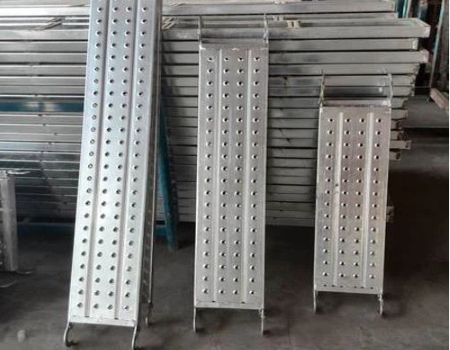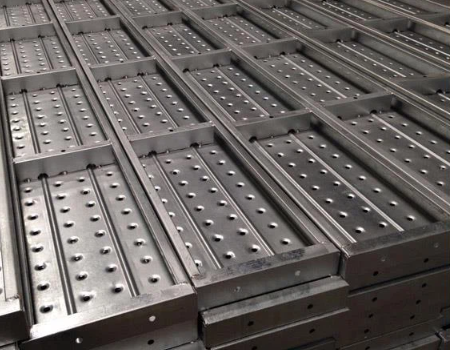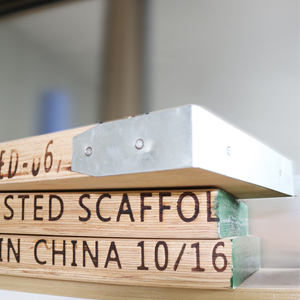
When it comes to scaffolding systems, much attention is given to frames, braces, and couplers, but the humble scaffolding plank often doesn't receive the consideration it deserves. Yet these platforms form the very surface workers walk on daily, making their quality and selection crucial for both safety and productivity. Understanding scaffolding planks is essential for anyone responsible for construction projects, from procurement officers managing budgets to engineers ensuring structural integrity.
Types of Scaffolding Planks

The evolution of scaffolding planks has moved from traditional solid sawn timber to modern engineered alternatives. Solid sawn wood planks, typically made from southern yellow pine or Douglas fir, remain popular due to their affordability and availability. However, they come with significant limitations, including susceptibility to moisture damage, inconsistent strength properties, and regular maintenance requirements.

Engineered wood products like LVL (Laminated Veneer Lumber) board and SCL (Structural Composite Lumber) offer enhanced consistency and strength while minimizing natural defects. For heavy-duty applications, steel planks and aluminum planks provide exceptional durability, though at a higher cost. More recently, composite materials have emerged that combine the benefits of multiple materials, offering excellent strength-to-weight ratios and weather resistance.
Key Considerations for Selection
From an engineering perspective, load capacity stands as the paramount consideration. Planks must support not only workers but also equipment and materials, with standard requirements typically ranging from 25 to 75 pounds per square foot depending on the application. The safety factor, usually 4:1, provides an important margin beyond the rated capacity.
Durability factors significantly in the total cost of ownership calculation that procurement professionals must evaluate. Weather resistance, impact resistance, and longevity directly affect replacement frequency and maintenance costs. Non-conductive properties become critical when working near power lines, while slip resistance—whether provided by specialized coatings or patterned surfaces—reduces accident risks.
Technical Specifications and Compliance
Understanding grading systems and certification marks helps ensure regulatory compliance. For wood planks, grade stamps indicate species, moisture content, and grading agency. Aluminum planks and steel planks should comply with ANSI/ASSE A10.8 or equivalent international standards. Regular inspection protocols must account for different wear patterns—wood may show cracking or rot, while metal planks require checking for deformation and corrosion.
Application-Specific Solutions
Different construction scenarios demand different plank characteristics. For general building construction, medium-duty wood or composite planks often provide the best balance of cost and performance. Industrial maintenance work, particularly in corrosive environments, typically justifies the investment in aluminum or coated steel planks. Specialized applications like bridge construction or shipbuilding may require custom solutions with enhanced load capacities or unique dimensions.
Innovations and Future Trends
The scaffolding plank industry continues to evolve with technological advancements. Smart planks with embedded sensors can now monitor load distribution in real-time, while improved composite materials offer greater sustainability through recycled content. These innovations not only enhance safety but also contribute to more efficient project management and reduced environmental impact.
Making the Right Choice
Selecting appropriate scaffolding planks requires balancing multiple factors: initial cost versus longevity, weight versus strength, and specialized features versus general utility. By understanding the options available and their respective benefits, construction professionals can make informed decisions that enhance job site safety while optimizing project economics. The right planks not only protect workers but also contribute to more efficient operations, proving that this fundamental component deserves careful consideration in any scaffolding strategy.











